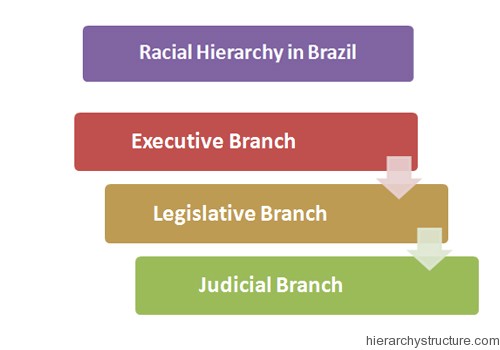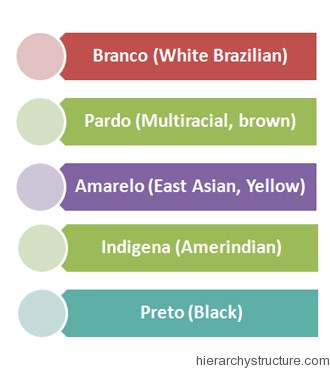Within Brazil, the racism concept is based on two basic factors such as the skin color and the economic conditions of the people. The underlying factor for the economic levels of the people is the education. In Brazil, there exists aninequality between the education levels of the Afro-Brazilians and the whites.
There is a lack of quality education in the public schools. And, the private schools can only be afforded by the whites. Therefore, the Afro-Brazilians are not being able to attain the adequate educational qualification. This article describes the racial hierarchy in Brazil in a comprehensive manner with following hierarchical levels:

- Cabinet Of Greece/Executive Branch
- Legislative Branch
- Judicial Branch
The whole population of Brazil is composed of many races and ethnic groups. The country is comprised of people of different origins. Some are native Americans, some are black Africans and various others are Arab, Japanese and European immigrants. The races prevalent in Brazil can basically be classified into five categories such as Branco, Pardo, Amarelo, Indigena and Preto.
The density of the races differs according to the different regions of Brazil. The Southern region of Brazil has a large majority of the Branco race. The Northern and Northeastern regions have a large Pardomajority. The Southeastern region is mainly composed of the European and African immigrants.

Branco (White Brazilian)
The people of the Branco race are also called as the white Brazilians. They compose about 48.4 percent of the total population of Brazil. The whites are mainly found in the South and Southeastern parts of Brazil.
Pardo (Multiracial, brown)
The Pardo is a racial category, which consists of various shades of brown. They include various subgroups such as mulatos, cafuzos and caboclos. They composed about 38.5 percent of the whole Brazilian population as of the year 2000.
Amarelo (East Asian, Yellow)
The people of Amarelo race mainly belong to Asian ancestors. They are mainly the immigrants of East and Middle East Asia. The first Amarelo immigrants to Brazil were from China. The other people wereof Japanese and Korean origin.
Indigena (Amerindian)
The Indigena race is a large group of different ethnic groups. These people are mainly of Indian origin. Traditionally, most of them were semi-nomadic tribes who relied on hunting, gathering, fishing and agriculture for their livelihood.
Preto (Black)
The Preto group is comprised of the black Brazilians. There is some controversy associated with the Preto race group. According to some sources, a new race group called Negro has been developed, which consists of both the Preto and the Pardo group.
The racial hierarchy in Brazil can be studied based on the three different concepts of classification. The three basic modes of classification are Census system, the Popular system and the Black Movement system. The classification that we have performed above is as per the Census system.
As per the other two classification concepts, the results are different.But census is always condidred as a rigid Hierarchy structure classification base for the racial hierarchy study in Brazil.
